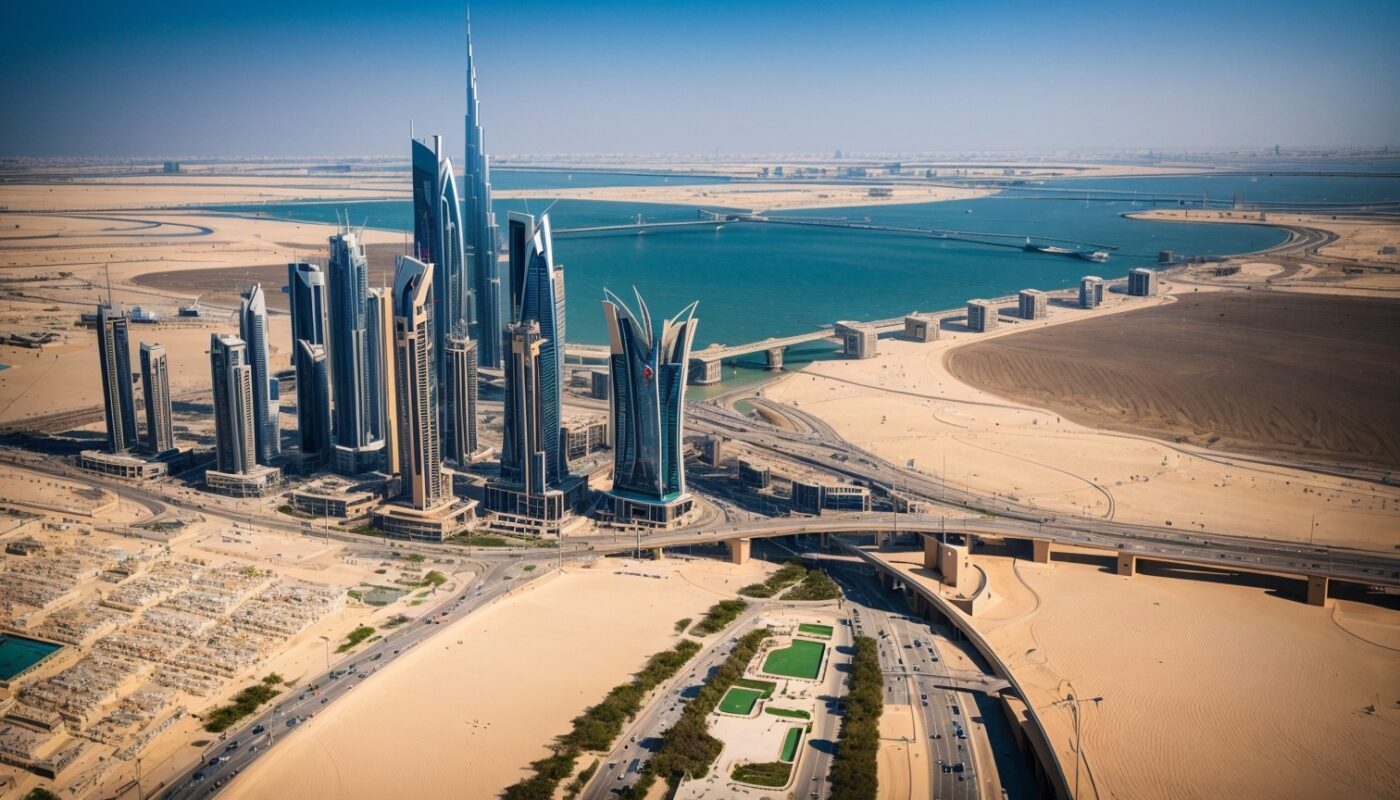Dubai, a city that has risen from the desert sands to become a global icon of modernity, often surprises visitors with its rich tapestry of cultural landmarks. These sites serve as bridges between the emirate’s humble beginnings and its ambitious future, offering a unique perspective on a city that defies conventional narratives.
The Forgotten Pearls: Dubai’s Historic Districts
While most associate Dubai with gleaming skyscrapers, the city’s heart beats in its historic districts. Al Fahidi, formerly known as Bastakiya, stands as a testament to Dubai’s pearl diving past. Founded in the 1890s by Persian merchants, this district’s narrow sikkas (alleyways) and wind towers offer a glimpse into life before oil. In 2005, a significant restoration project began, investing 5.5 million AED to preserve 50 buildings. Today, it hosts 1,375 cultural events annually, attracting over 300,000 visitors.
Nearby, the Al Shindagha Museum complex, sprawling across 80,000 square meters, houses 22 pavilions dedicated to Emirati heritage. The museum’s crown jewel, the Perfume House, showcases 300 artifacts related to the region’s fragrance tradition, including a 28-pound piece of agarwood valued at 3 million AED.
Bridging Faith and Architecture: Mosques as Cultural Beacons
Dubai’s mosques serve not only as places of worship but as architectural marvels that blend Islamic traditions with modern design. The Jumeirah Mosque, built in 1979, is one of the few mosques in the UAE open to non-Muslim visitors. Its “Open Doors, Open Minds” program, launched in 1998, hosts over 200,000 visitors annually, fostering interfaith dialogue.
The recently opened Mohammed Bin Rashid Library, while not a mosque, stands as a monument to knowledge and Islamic architecture. Designed to resemble an open book, this 54,000-square-meter structure houses over 1.1 million physical books and 6 million digital works. Its eco-friendly design includes 3,000 solar panels that generate 10% of its energy needs.
The Confluence of Commerce and Culture: Dubai’s Souks
Dubai’s souks offer a sensory journey through the emirate’s trading heritage. The Gold Souk, established in the 1940s, is home to over 380 retailers, handling approximately 20% of the world’s gold trade. In 2019, it saw transactions worth 146 billion AED, with each shop averaging 3-4 kilograms of gold sales daily.
Less known but equally fascinating is the Coffee Museum in Al Fahidi. Opened in 2014, it houses over 300 antique coffee-making implements, including a 300-year-old Syrian coffee grinder. The museum offers insight into Dubai’s role in the global coffee trade, a lesser-known aspect of its commercial history.
Vertical Landmarks: Redefining the Urban Skyline
While the Burj Khalifa dominates discussions of Dubai’s skyline, other structures offer unique cultural insights. The Dubai Frame, standing at 150 meters, literally and figuratively frames the city’s past and future. Since its opening in 2018, it has welcomed over 2 million visitors, generating 48 million AED in revenue by 2020.
The Museum of the Future, opened in 2022, represents Dubai’s vision for innovation. Its torus shape, adorned with Arabic calligraphy, houses exhibitions on future technologies. The building’s façade consists of 1,024 pieces manufactured by robots and installed over 18 months, a testament to Dubai’s embrace of cutting-edge construction techniques.
Green Oases: Cultural Parks and Gardens
Amidst the urban landscape, Dubai has created green spaces that serve as cultural landmarks. The Dubai Miracle Garden, opened in 2013, is the world’s largest natural flower garden, featuring over 150 million flowers arranged in stunning displays. Its 72,000-square-meter area includes a life-size Emirates A380 covered in 500,000 fresh flowers, earning it a Guinness World Record.
Less known but equally significant is the Ras Al Khor Wildlife Sanctuary. This 6-square-kilometer wetland, recognized under the Ramsar Convention, hosts over 20,000 birds of 67 species. It stands as a reminder of Dubai’s commitment to preserving natural habitats amidst rapid urbanization.
Culinary Landmarks: Where Gastronomy Meets Culture
Dubai’s culinary scene has evolved into a cultural landmark in its own right. The Sheikh Mohammed Centre for Cultural Understanding, established in 1998, offers traditional Emirati meals as part of its cultural programs. In 2019, it served over 100,000 visitors, with 80% being first-time tasters of Emirati cuisine.
The Waterfront Market, opened in 2017, replaced the historic Deira Fish Market. This 120,000-square-meter facility handles over 300 tons of fish daily, serving as a modern interpretation of Dubai’s traditional fish souks. It also houses sections for meat, fruits, vegetables, and dry goods, making it a comprehensive culinary landmark.
Hidden Gems: Unconventional Cultural Landmarks
Beyond the well-trodden tourist paths lie unconventional cultural landmarks that offer unique perspectives on Dubai’s heritage. The Camel Museum, located in Al Shindagha, houses over 60 exhibits detailing the historical importance of camels in Emirati culture. Its collection includes a rare albino camel skeleton and traditional camel-hair tents.
The Coin Museum, opened in 2004, showcases over 470 rare coins, including the oldest Islamic dinar dating back to 696 CE. This often-overlooked museum provides insight into the region’s economic history and its role in global trade networks.
Conclusion: A City of Layered Narratives
Dubai’s cultural landmarks offer a nuanced view of a city often oversimplified in global narratives. From historic districts that whisper tales of pearl divers to futuristic structures that embody the emirate’s ambitions, these sites create a rich tapestry of experiences. They serve not just as tourist attractions but as bridges connecting Dubai’s past, present, and future.
As Dubai continues to evolve, these cultural landmarks stand as anchors, grounding the city’s rapid development in its rich heritage. They remind both residents and visitors that behind the glitz and glamour lies a city with deep cultural roots and a complex, layered identity. In exploring these sites, one discovers not just the Dubai of tourist brochures, but a living, breathing metropolis where tradition and innovation coexist in fascinating ways.



